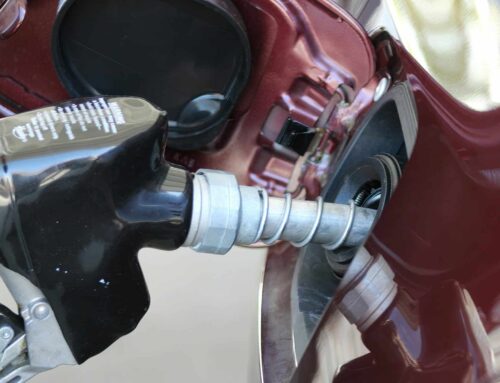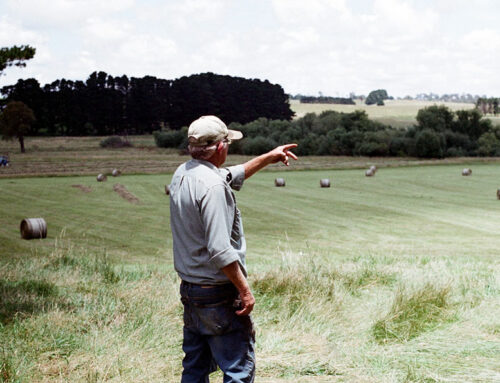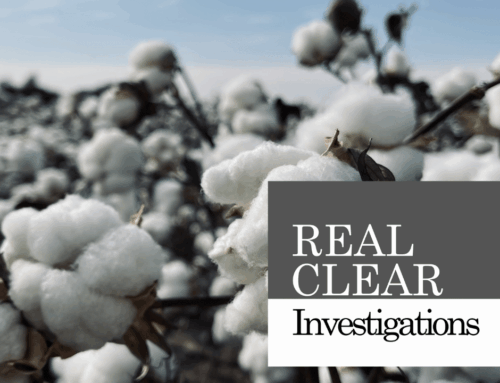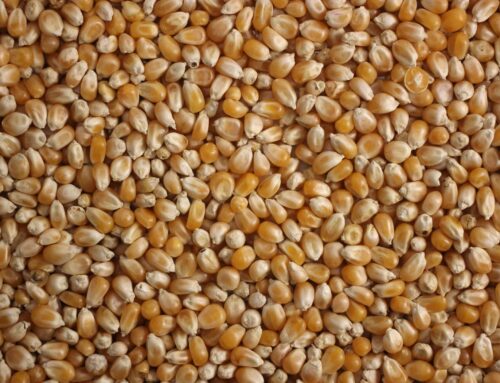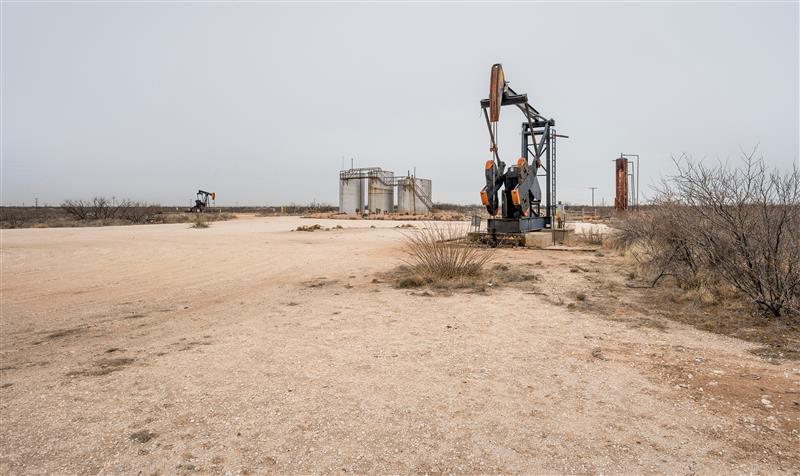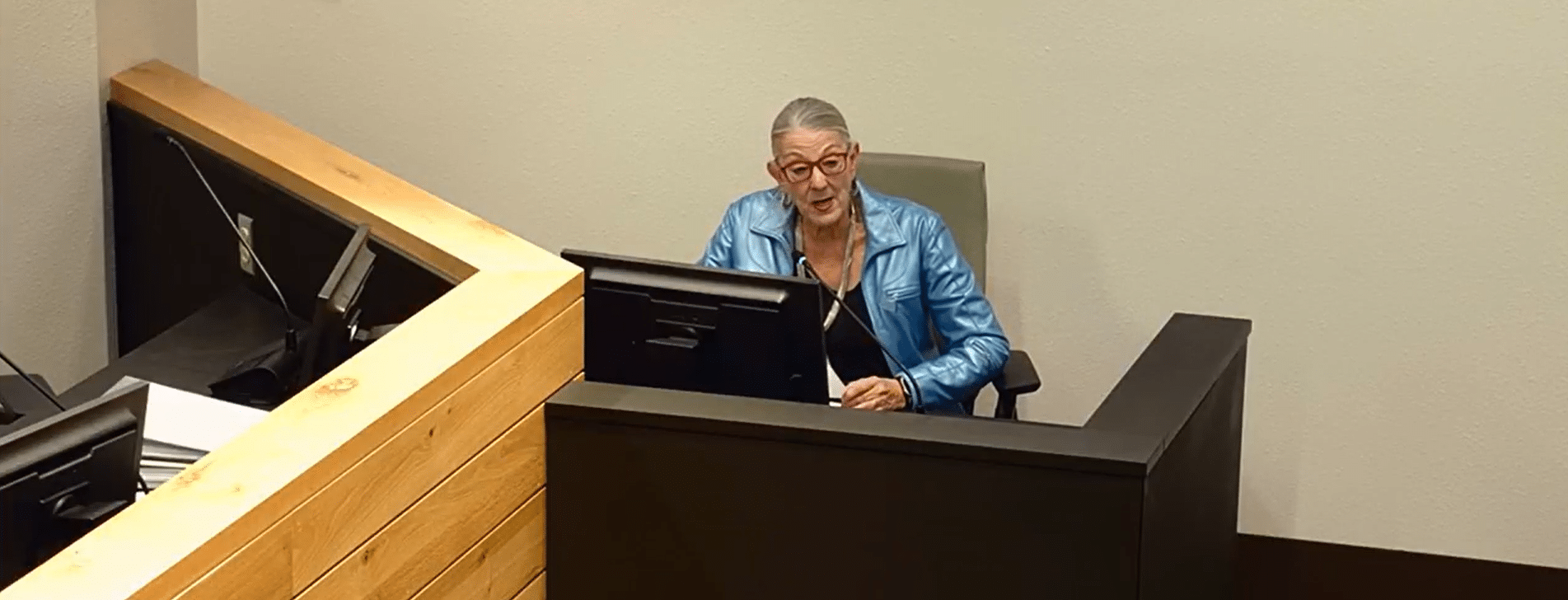The Senate Agriculture Committee today released its version of the Farm Bill and it appears to fall far short of needed reforms. And that’s putting it kindly. The Chairwoman’s summary claims the bill will contribute $23 billion toward deficit reduction. Even if true, this is significantly less than $33 billion the President included in his budget and the $30 billion House Republicans agreed to in their budget.
Access the bill here: 2012 Senate Committee Farm Bill
In a sop to the reality that agricultural producers have experienced record revenue for the last few years, the bill eliminates a number of entitlements starting in 2013. It eliminates direct payments , counter-cyclical payments, and the Average Crop Revenue Election Program (a failed subsidy from the last farm bill).
The bill, however, does nothing to rein in the exploding costs of taxpayer subsidized crop insurance. In fact, instead of chipping away at our trillion dollar annual deficits with the savings from eliminating the commodity handouts, it plows them into a new agricultural entitlement covering “shallow loss” that will end up costing taxpayers billions.
The new “shallow loss” entitlement would sit on top of crop insurance and spend even more taxpayer dollars guaranteeing the incomes of farm businesses. Crop insurance is already grossly subsidized ; taxpayers pay on average 62% of the premiums for farm businesses (62 cents out of every premium dollar comes from Uncle Sam), subsidize the crop insurance companies for delivering the policies (to the tune of billions of dollars a year), and cover most of the losses. This bill would send taxpayer dollars to farm businesses if they suffered as little as a 15% or even 5% loss. And this “loss” isn't in crops, it’s if the price of their commodity dips. And the additional costs incurred for providing this income guarantee—at least 70% of them will be covered by taxpayers. And all of this comes with virtually no strings attached. Producers don’t have to show they’re implementing commons sense best practices to conserve soil on erosion prone land–land often more likely to have crop failure–like they must when receiving direct payments and other commodity supports.
But leaving crop insurance untouched (well except for the added shallow loss subsidy) wasn’t enough. The committee throws up a budgetary force field around the program in an attempt to thwart any administrative efforts to rein in costs. The bill dictates that any renegotiation of the Standard Reinsurance Agreement—which governs how much risk crop insurance companies are required to keep, and how much they will be reimbursed for managing crop insurance policies—must be close to budget neutral. And if it’s not, all savings must go to other programs in the Risk Management Agency. Which is basically just crop insurance. Talk about budgetary blindness in the face of the nation’s fiscal crisis.
Like other farm bills, it creates special carveouts for certain commodities:
- Creates a special program just for Upland Cotton that guarantees up to 90% of revenue with an expected price of $0.65 per pound; significantly higher than the $0.52 a pound loan rates are based on now.
- Authorizes research into providing a Whole Farm Diversified Risk Management Insurance Plan where a producer who grows a mix of commodities and livestock could insure up to 85% of expected revenue on a whole farm, with liability up to $1.5 million.
- Numerous trade protections for cotton producers – remember, it’s our trade-distorting cotton subsidies that have led USDA to bribe Brazil with $150 million every year to pay for a Brazil Cotton Institute. Subsidizing Brazil’s cotton, to make the world safe from our cotton subsidies.
We will have more as we continuing digging through this 900 page bill.

